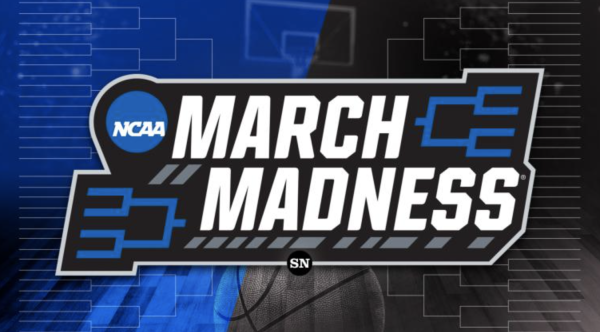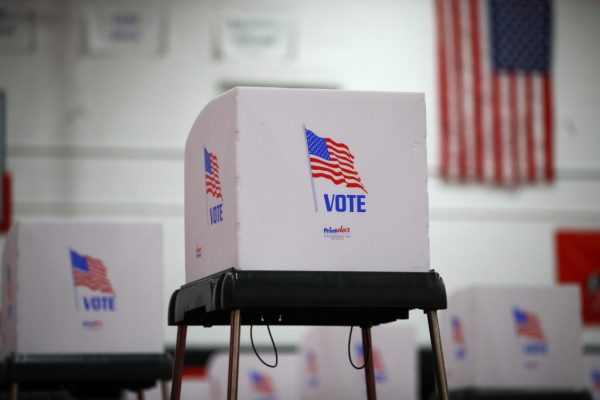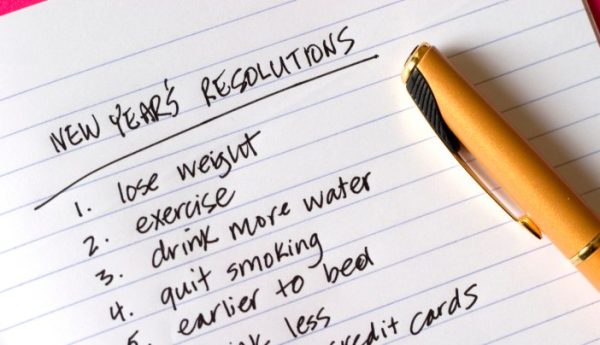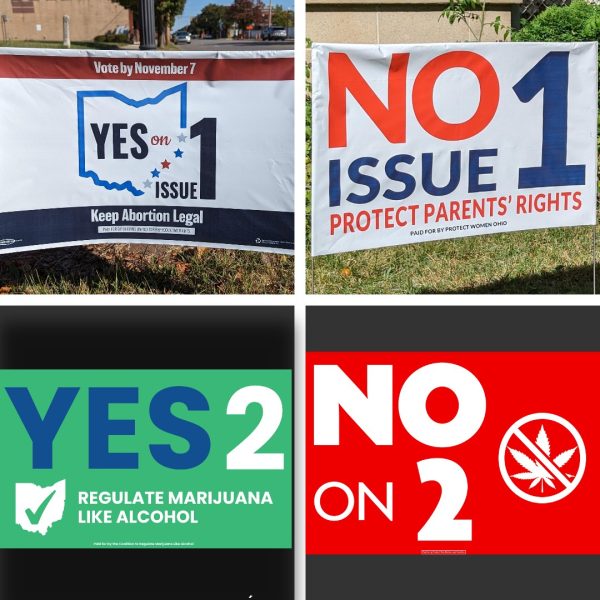Cheating: what’s the best way to stop it?
September 24, 2017
Cheating has become a rampant problem in high schools across the country. According to the National Education Association, nearly 80% of students admit to cheating at least once during high school. At the start of every school year, school administrators across the country try to address the issue of how to successfully curb this epidemic. Administrators at US have tried to answer this question, using a twofold approach to convince students not to cheat. First, they appeal to student’s sense of integrity and morality. As Dr. Daughtrey said, “choose the hard right over the easy wrong.” Second, they have pointed out that the potential costs of cheating, a suspension, outweigh the benefits of cheating. Unfortunately, this two-fold approach has proven to be ineffective in reducing cheating.
Appealing to student’s sense of right and wrong simply does not work. We’ve all had that bad test and that gut-wrenching feeling when we feel no hope in getting an adequate grade. When students get that feeling and are considering cheating, they are focused on the moment. They aren’t considering what might be right or wrong – their only concern is getting the good grade. At Stuyvesant High School, administrators also appealed to student’s sense of integrity and morality in order to curb cheating on exams. However, this wasn’t effective, as a Stuyvesant senior writes in an interview with the New York Times, “It’s like, I’ll keep my integrity and fail this test – no. No one wants to fail a test.” Even when students know that cheating is wrong, they’ll find ways of rationalizing it, especially in the heat of the moment. Karina Moy, a graduate of Stuyvesant, confirms this theory in an interview for the New York Times saying, “I’m sure everybody understood it was wrong to take other people’s work, but they had ways of rationalizing it.”
The approach of comparing the costs and benefits of cheating doesn’t work either. While students know the consequences of cheating on a test, they also know that the chances of them being caught are far from certain. In the high-stakes world of high school, students, with few exceptions, will choose a good grade over the fairly small risk of getting caught cheating. Vivian Yee of the New York Times explains, “These are the sorts of calculations many students learn to make by the middle of their freshman year: weighing two classes against each other, the possibility of getting an A against the possibility of getting caught.” However, this approach by the administration is not entirely flawed. If US can increase the risk of getting caught, then this cost-benefit analysis approach will work, and the number of infractions will lessen.
So, enough about the problems and more about the solutions – how can US plausibly increase the certainty of getting caught? The most effective way is to make it more difficult for students to cheat and to make it easier for teachers to notice if someone is cheating. For starters, during tests, teachers could easily put up folders as a barrier between people. This will make it easier for the teacher to notice if someone tries to cheat by glancing at their neighbor’s exam, while also making it more difficult for students to cheat. Beyond that, teachers during tests could walk around the classroom, making it harder for students to glance at notes or their phones and making it easier to notice if students are doing so. For in-class and out-of-class essays, teachers could inform their students beforehand that they will use plagiarism checking software (such as turnitin.com), which have been proven effective at detecting plagiarism. All of these methods will help increase the certainty of getting caught, discouraging students from cheating and reducing infractions.











Nick • Feb 29, 2024 at 5:44 pm
very nice nehal. i enjoyed reading this